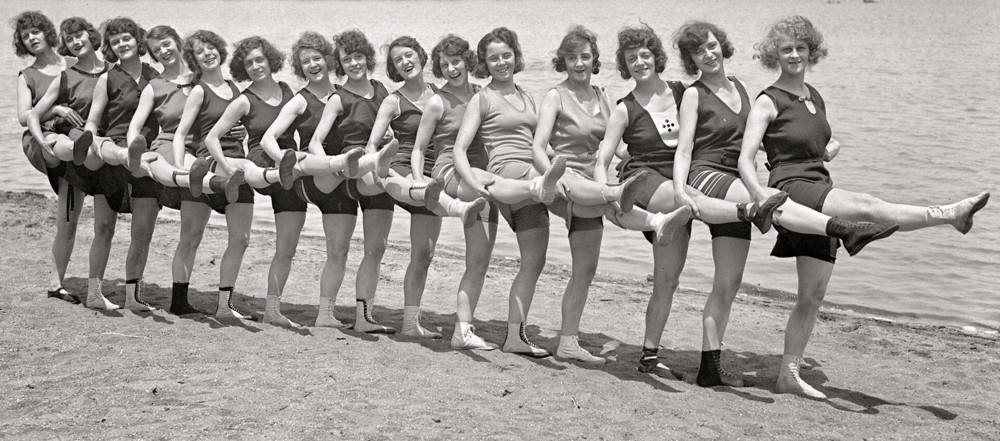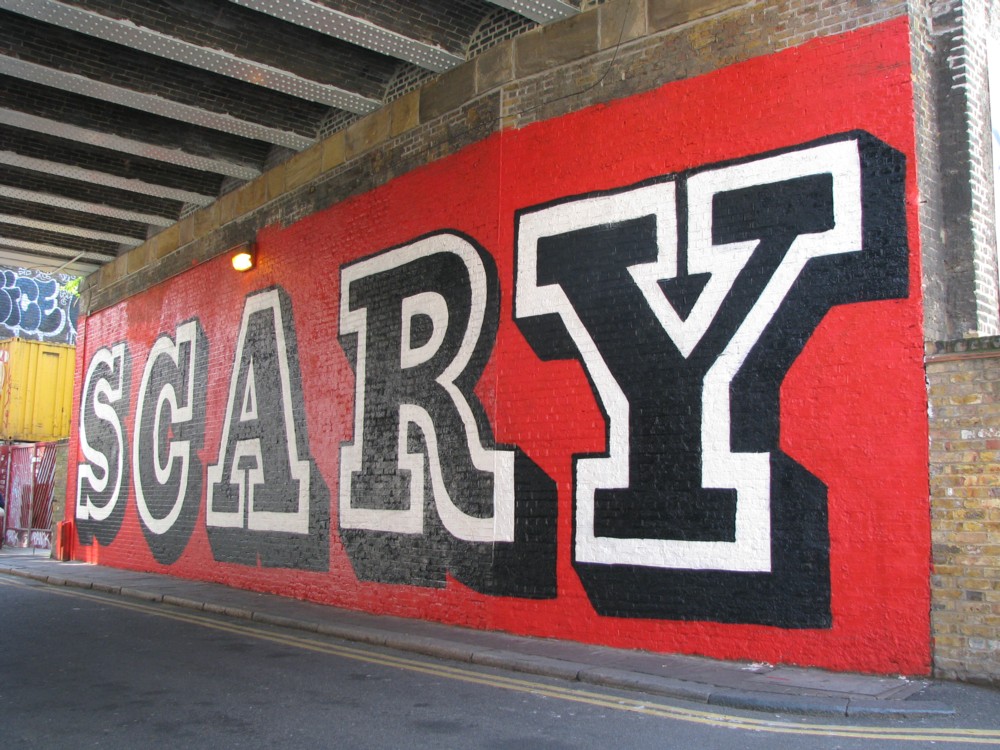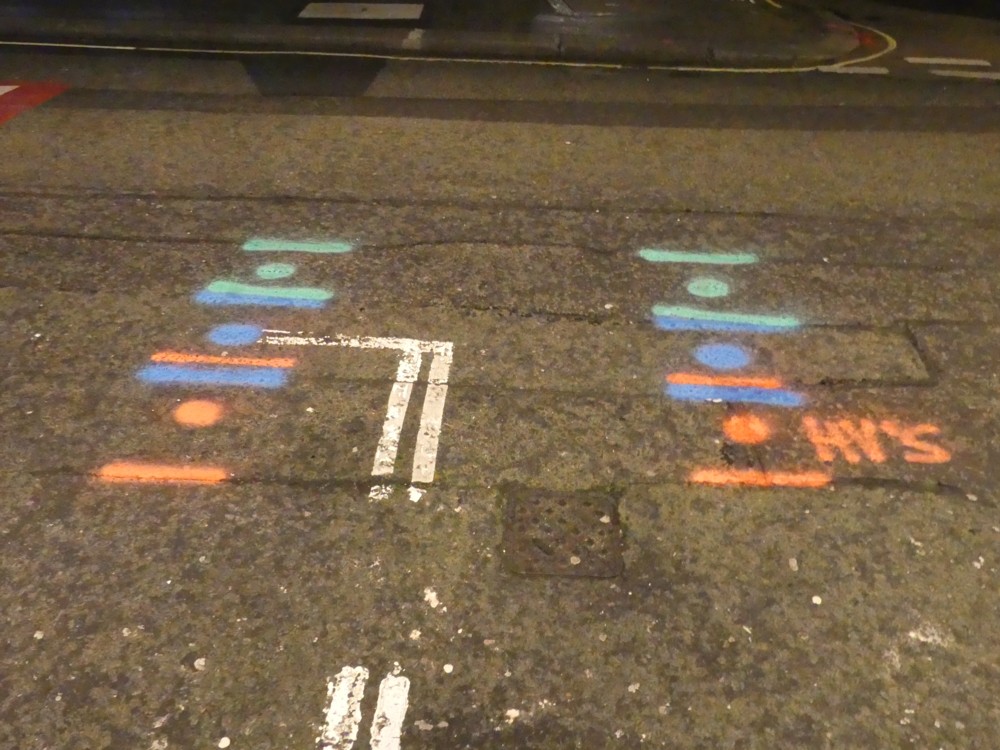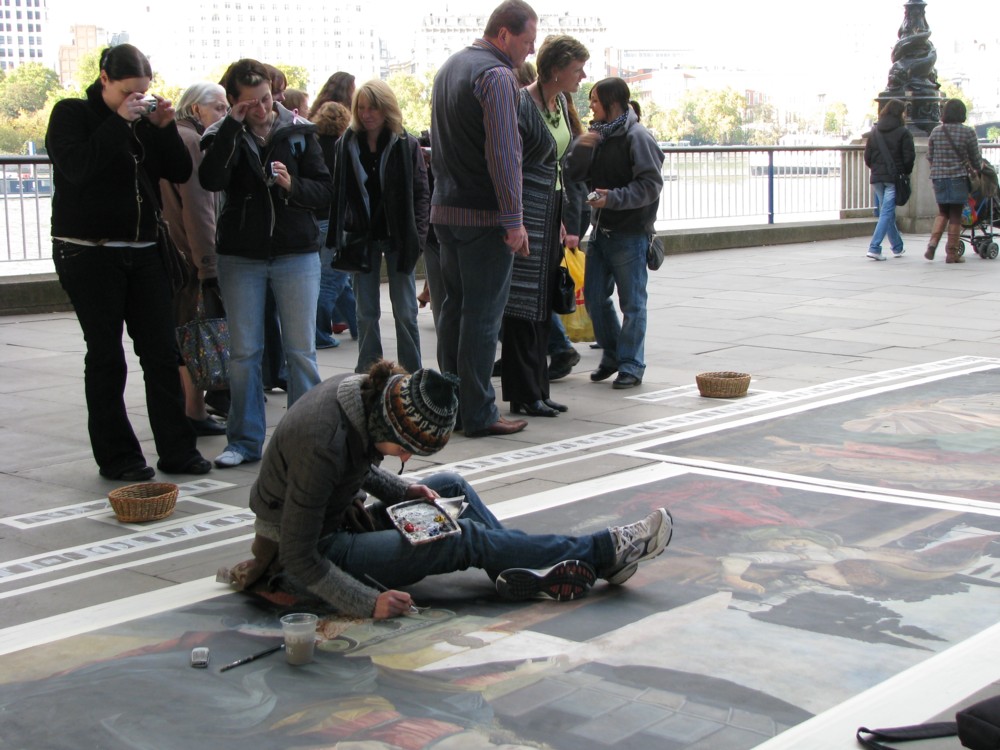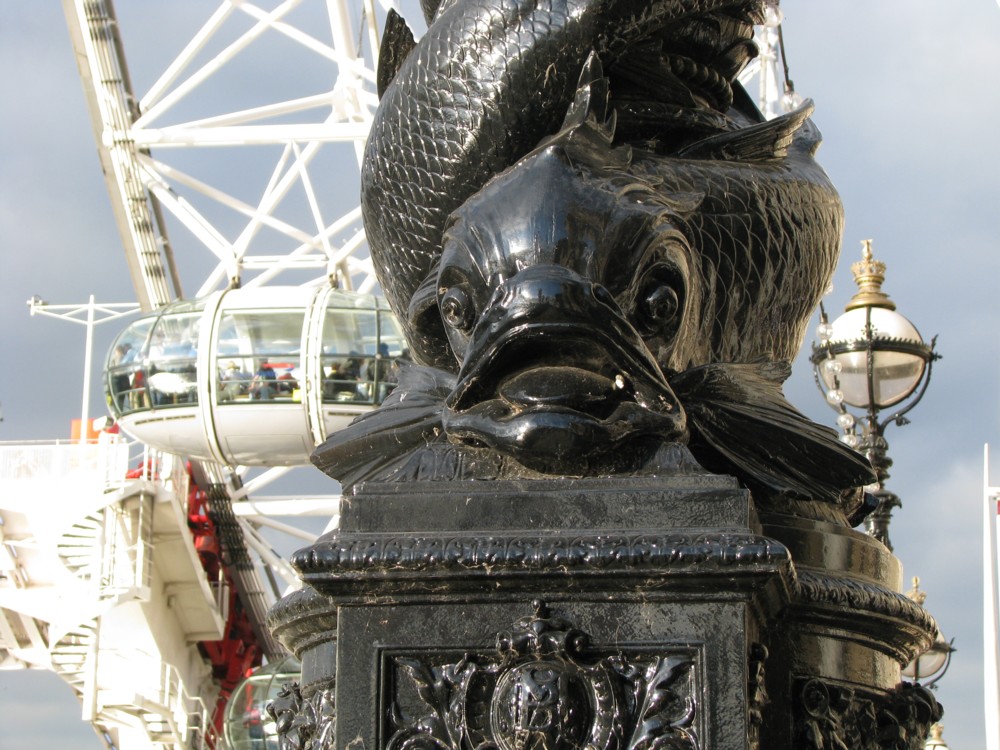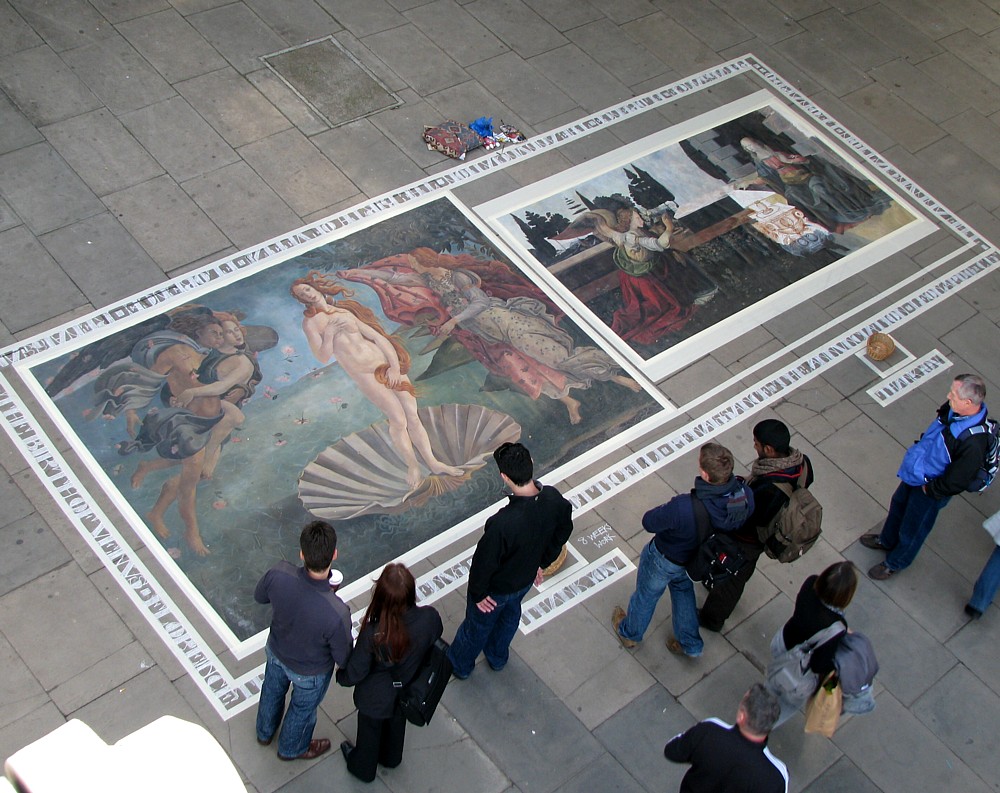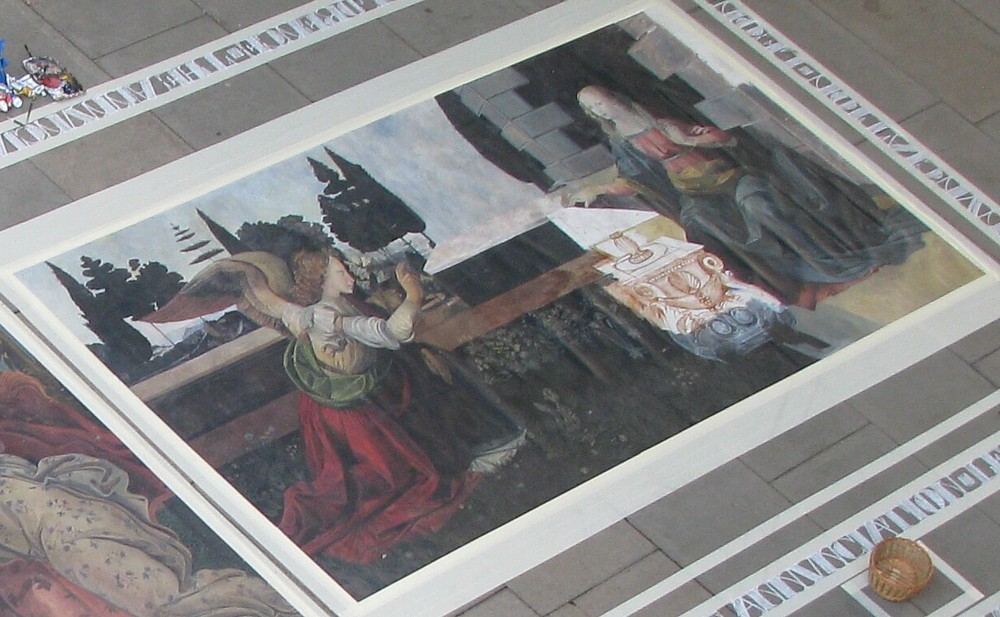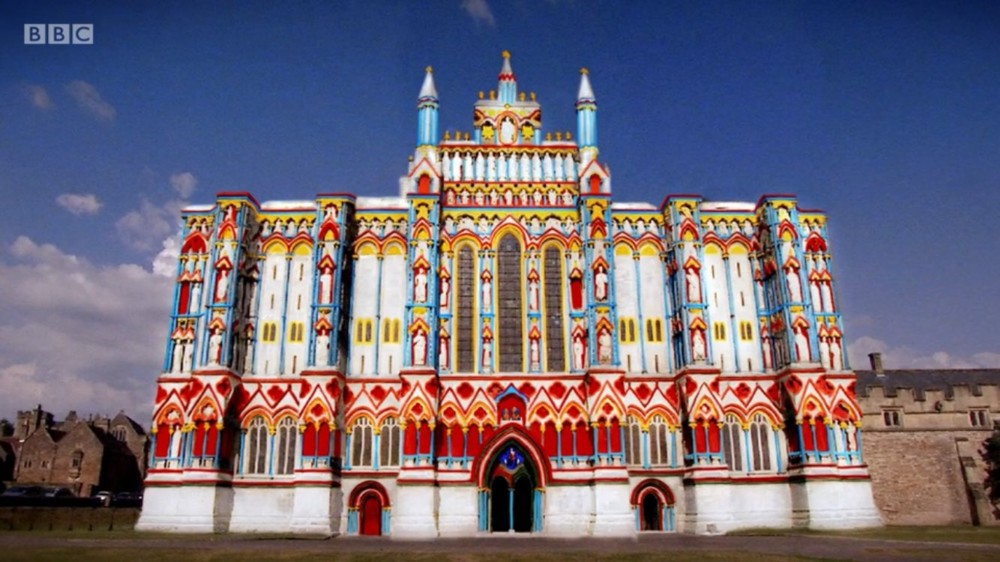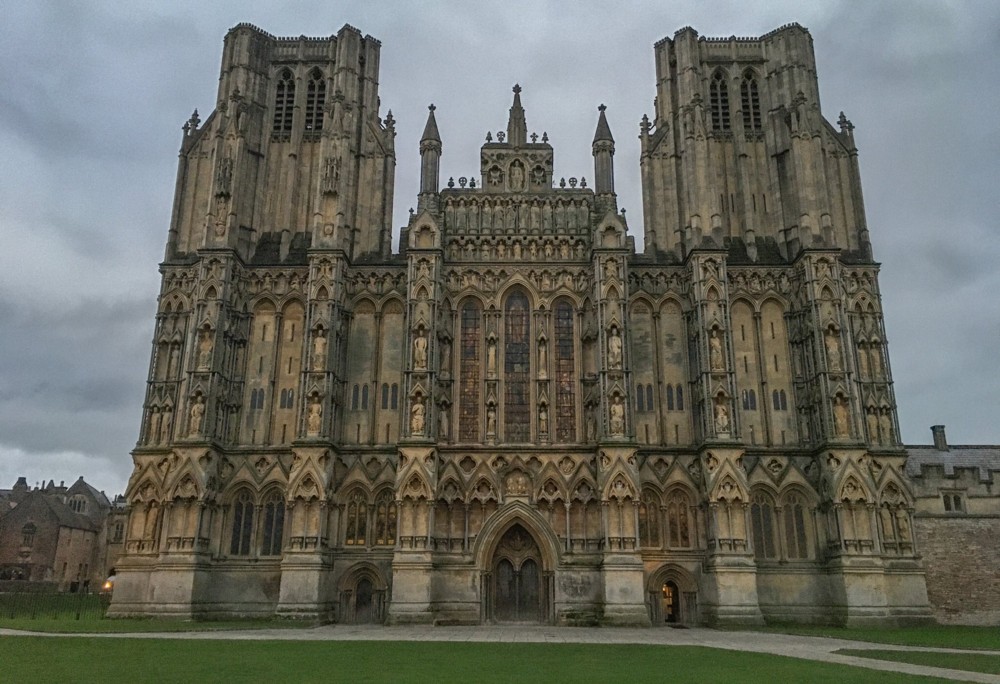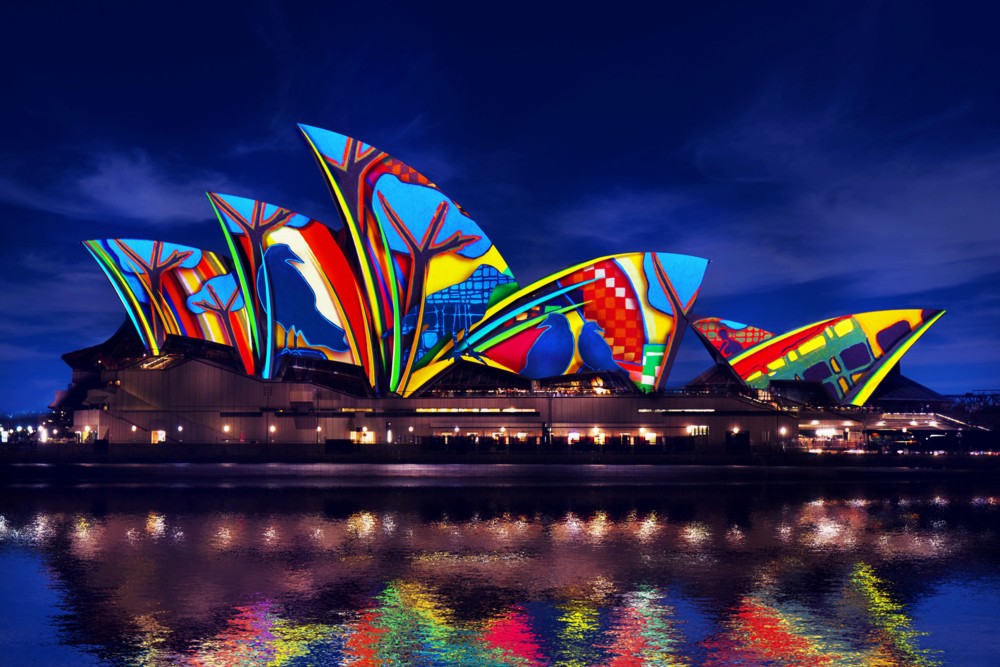Like many people, I like photos like this:
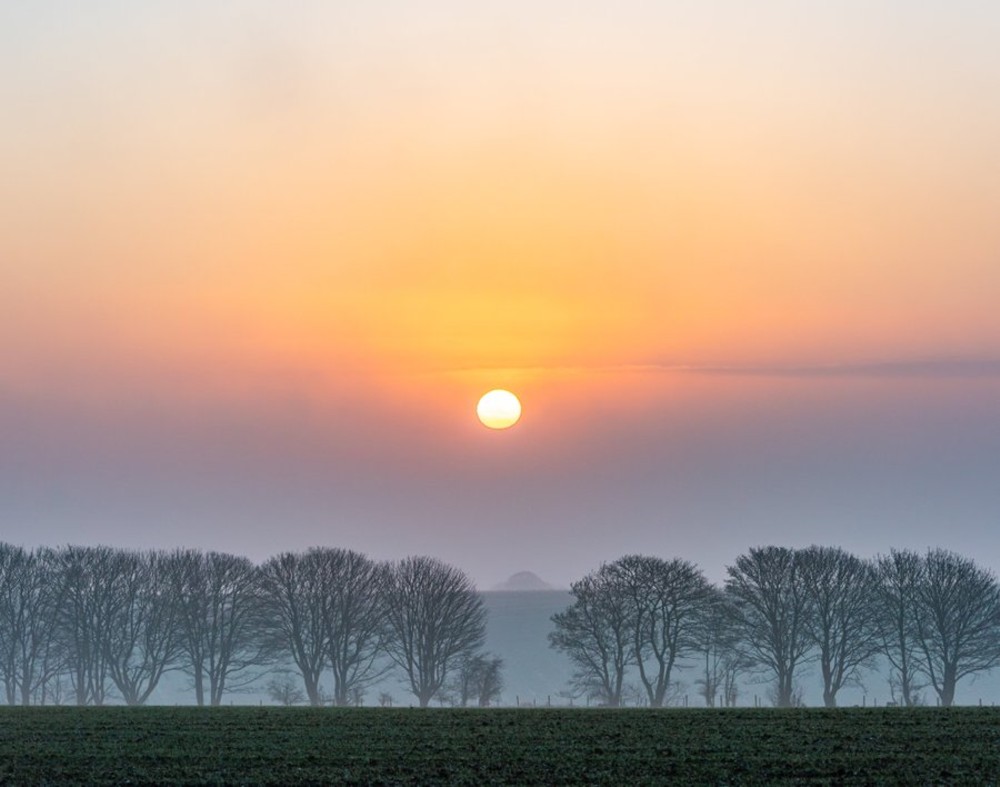
Not photoed by me. I wish it had been photoed by me. But, not.
It makes me think of David Hockney, who also likes leafless trees.
I’ve said it before and I’ll say it again (ISIBAISIA): Artistic fashion often goes where it goes not because it is leading us all into some new and exciting artistic domain, but because it is retreating from an area where it can no longer make any sort of living. Example: beauty. Of the sort you see in the above photo.
Googling is good for things describable with a single word. But something like the idea that artists now hate doing beauty is a bit harder to track down. Google tends to fixate on one of the words you use and ignore all the others until it has told you everything it has on, you know, “artists”. Then, keep scrolling, and soon you will be learning of everything there is that you can read about “hate”. The closest I could get to what I wanted was a piece at the Tate Gallery website, entitled JJ CHARLESWORTH FINDS BEAUTY, ALONG WITH A SUNNY VIEW OF THE FUTURE, TO BE SOMETHING OF THE PAST.
I agree with JJ CHARLESWORTH that artists who reject beauty do this partly because they have a gloomy view of the future. But, ISIBAISIA, there’s surely also the fact that all of us now have machines on our persons which can crank out beauty on a daily basis, immortalising everything beautiful that we encounter that we wish to immortalise. Click. And if we can’t even be bothered to do that, plenty can be so bothered, and now pile their efforts into the great global photo-gallery that is the internet, that of course being where I got the photo that adorns this posting. What chance does the average artist have when up against all that? No wonder they prefer ugliness, ugliness so ugly that the Daily Mail will supply free publicity for it, “conceptual” art, painting with shit and piss, and such like. Oh, an artist can add beauty of the sort that a regular photo won’t add, but they can’t add enough extra beauty to justify all the extra bother. And especially not in the age of photo-processing software, which can also add beauty. Now, picture-making software can enable you to create beauty.
Hockney, of course, is not an average artist. He is exceptional. He is in the top one per cent. He can paint whatever he likes, and people will still pay him lavishly for it. He can even sell his photos. But for his pains, all the official art people now agree that he is very passé for still doing beauty.
So, the artists have retreated out of beauty. They call it an advance, but they’re not fooling me. And now that I’ve explained this to you, they aren’t fooling you either.


